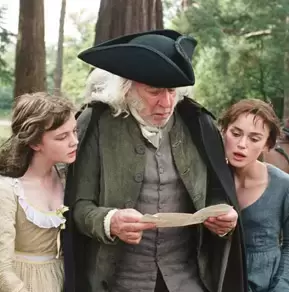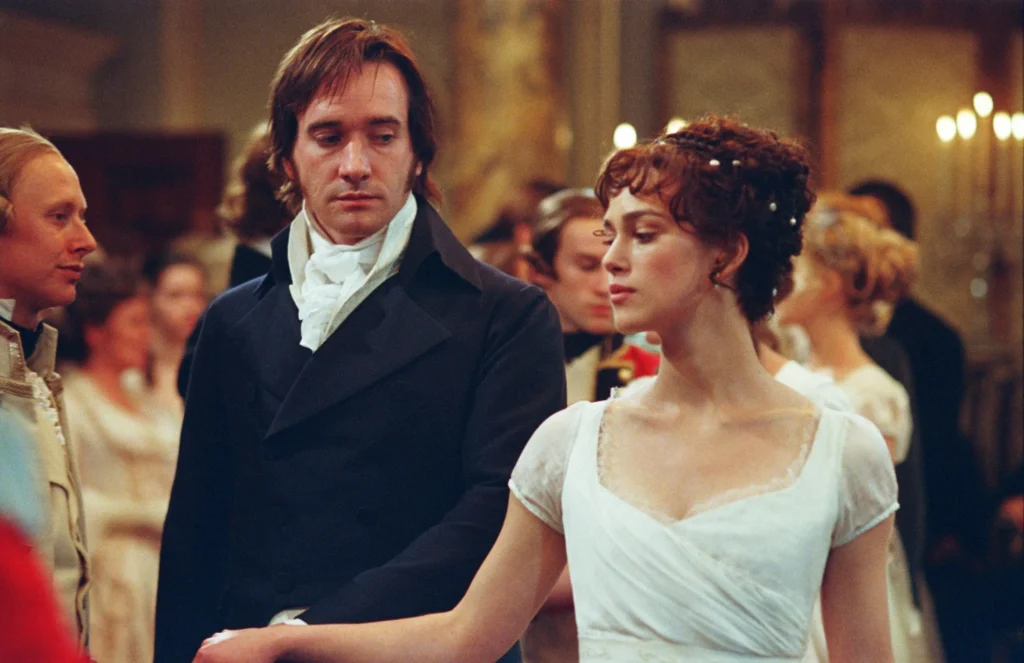A Cinematic Classic That Stands the Test of Time
It’s been nearly two decades since Joe Wright’s 2005 adaptation of Pride & Prejudice premiered, yet the film continues to captivate audiences worldwide. With Keira Knightley’s spirited Elizabeth Bennet and Matthew Macfadyen’s brooding Mr. Darcy, the movie has become a beloved classic, arguably even rivaling the legendary 1995 BBC miniseries. But what makes this adaptation so enduring and spellbinding, even 20 years later?
Let’s dive into the artistry, storytelling, and cultural impact that have preserved its magic.
1. Timeless Source Material
The foundation of the film’s success lies in Jane Austen’s novel, first published in 1813. Pride and Prejudice remains one of the most popular and widely read novels in the English language. Its themes—love, class, social pressure, and personal growth—are as relevant today as they were over 200 years ago.
The 2005 film honors the spirit of Austen’s work while updating its presentation for a modern audience, helping it feel both fresh and faithful.
2. Keira Knightley’s Breakthrough Performance
At just 20 years old, Keira Knightley’s portrayal of Elizabeth Bennet marked a turning point in her career. Her performance was praised for its energy, wit, and modern relatability, earning her an Academy Award nomination for Best Actress—a rare feat for someone so young.
Knightley brought a bold, intelligent, and unapologetically strong version of Elizabeth to the screen, endearing herself to a new generation of Austen fans.
3. Matthew Macfadyen’s Iconic Mr. Darcy
While Colin Firth’s Darcy (1995) is often cited as definitive, Matthew Macfadyen carved his own unforgettable version of the character. His soft-spoken vulnerability and subtle performance added emotional depth to a man often depicted as cold or distant.
The now-iconic “I love you, most ardently” confession scene and the foggy sunrise proposal remain some of the most replayed romantic moments in modern cinema.

4. Stunning Cinematography and Direction
Director Joe Wright made a bold decision to film Pride & Prejudice with natural lighting, handheld camera work, and long sweeping shots of the English countryside. The result is visually breathtaking.
One unforgettable moment is the one-take ballroom scene, where the camera weaves through the dancers, capturing glances, tension, and unspoken dialogue between characters. This kind of visual storytelling elevated the film from costume drama to cinematic art.
5. A Modern Sensibility in a Period Piece
Wright’s adaptation brings a youthful energy to the period genre. From playful piano duels to barefoot Bennet sisters running through muddy fields, the film breaks the stiff formality often associated with Regency dramas.
This fresh approach made the story more accessible to younger audiences, sparking a resurgence of interest in period romance.
6. Dario Marianelli’s Award-Winning Score
The romantic tension and emotional heartbeat of the film owe much to Dario Marianelli’s piano-driven score. The music is both haunting and hopeful, adding layers of meaning to nearly every scene. Marianelli’s composition went on to win the Academy Award for Best Original Score.
Tracks like “Dawn” and “Your Hands Are Cold” continue to top playlists for fans of cinematic scores and romantic soundtracks.

7. Cultural Legacy and Modern Popularity
Even 20 years on, the 2005 Pride & Prejudice continues to thrive across platforms:
- The film frequently trends on TikTok, Tumblr, and Reddit, with fans sharing edits, memes, and scene breakdowns.
- It’s a frequent subject of film study courses and feminist literature classes.
- Annual Jane Austen festivals and Pride & Prejudice rewatch events keep it culturally relevant.
